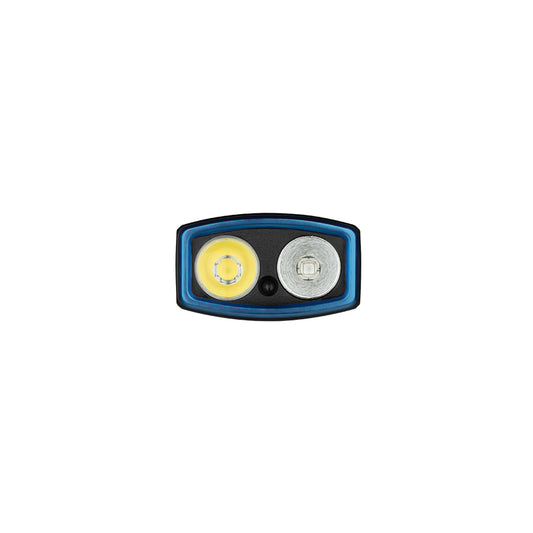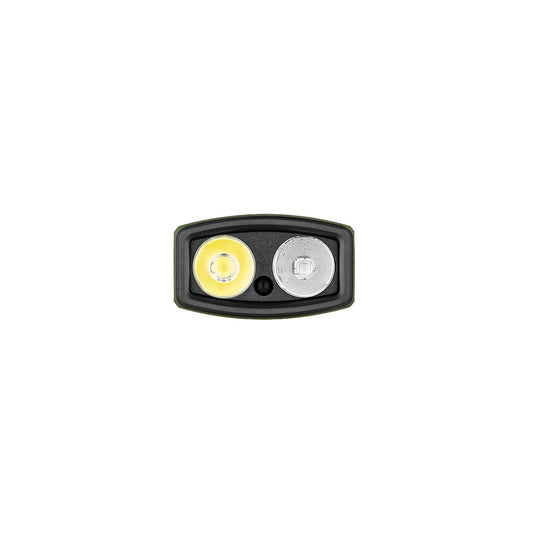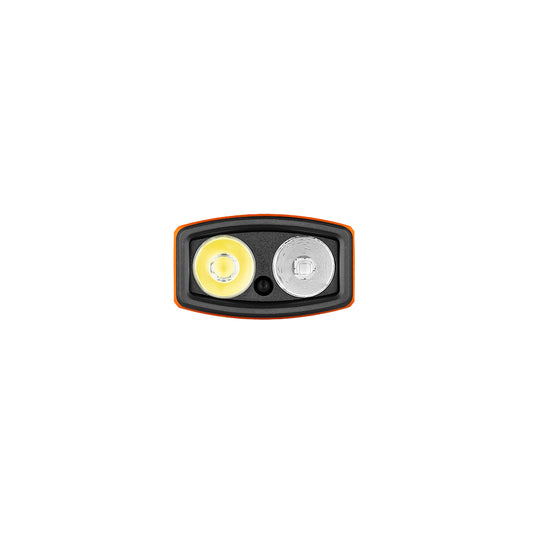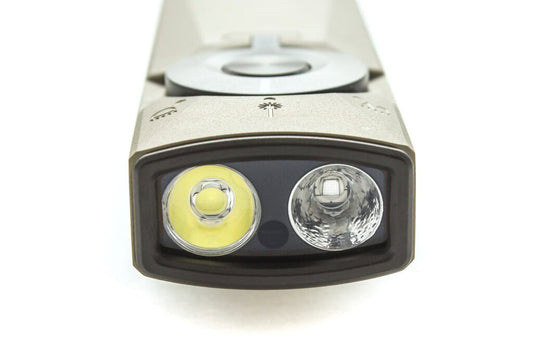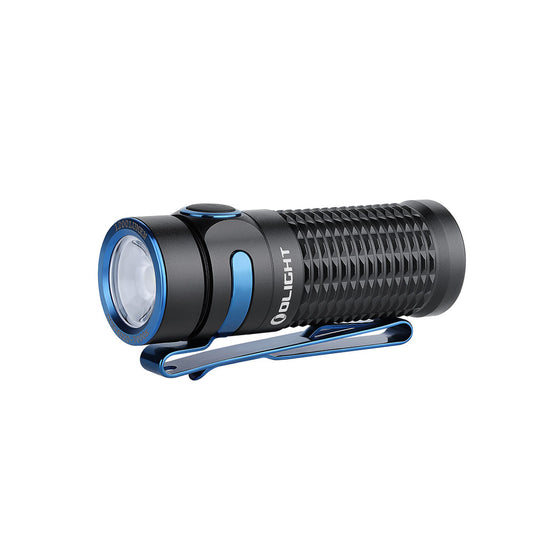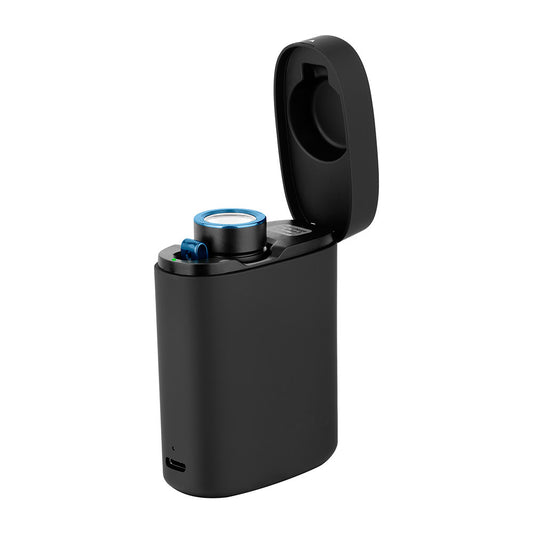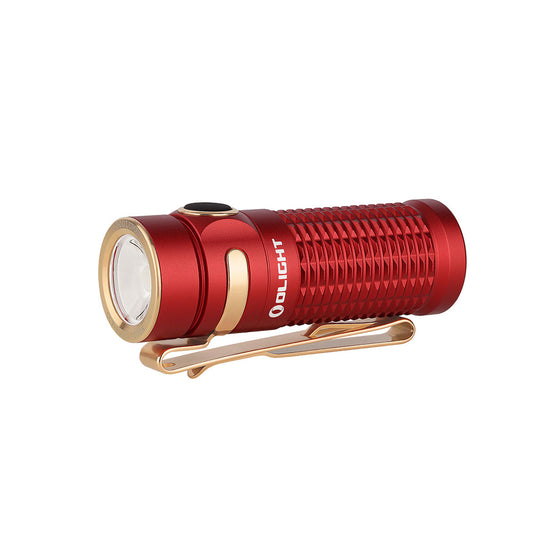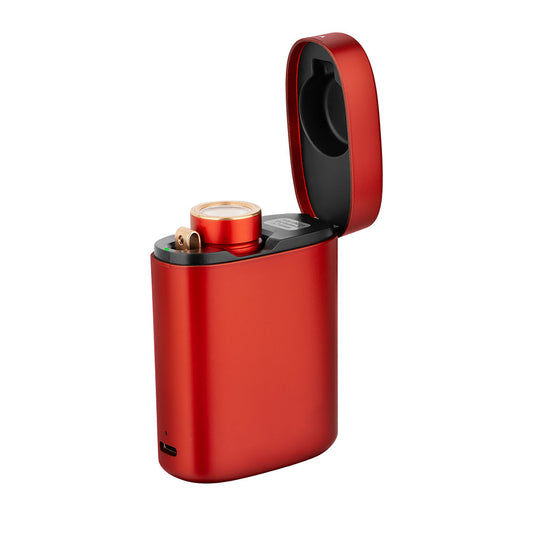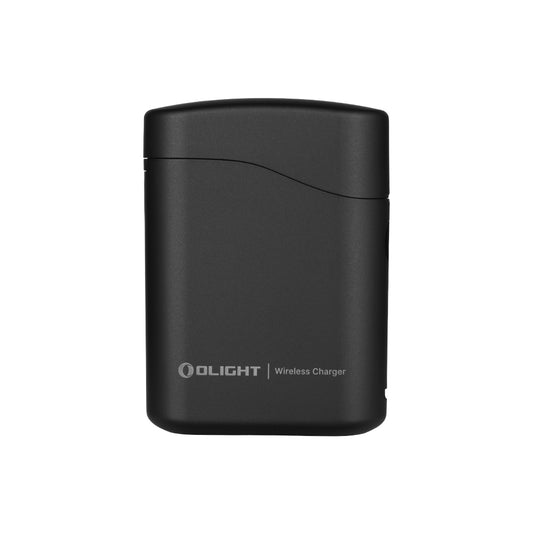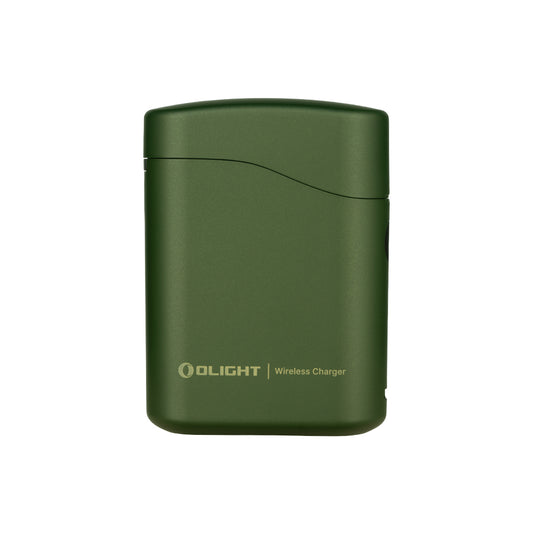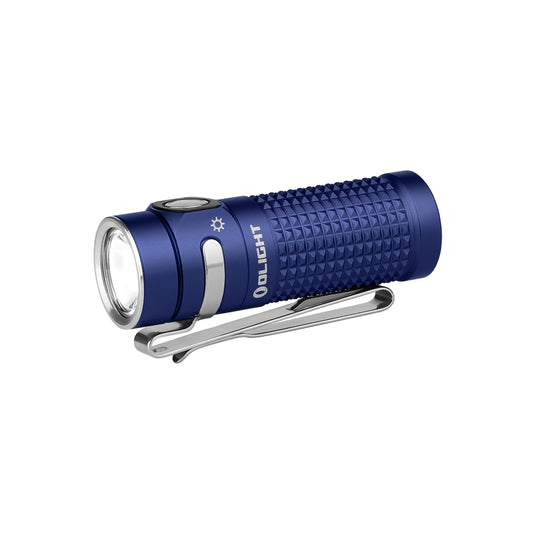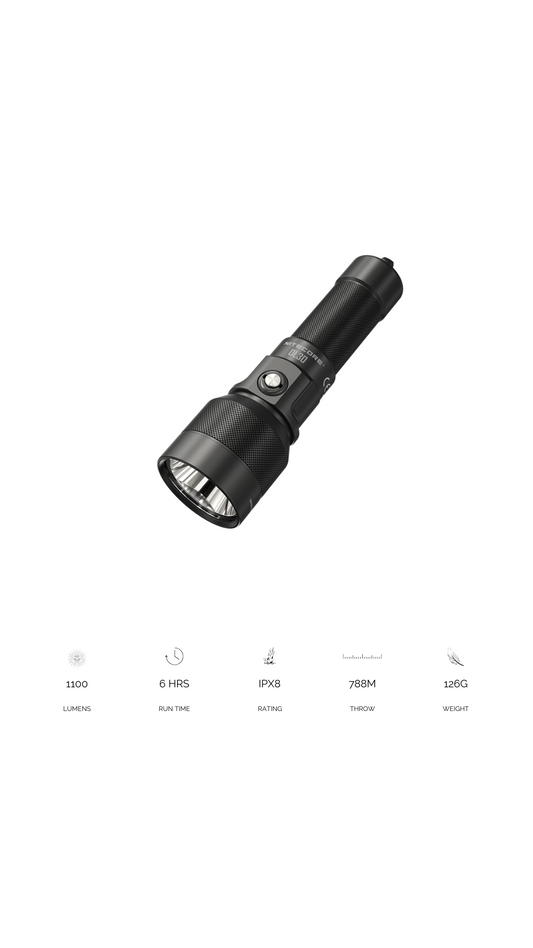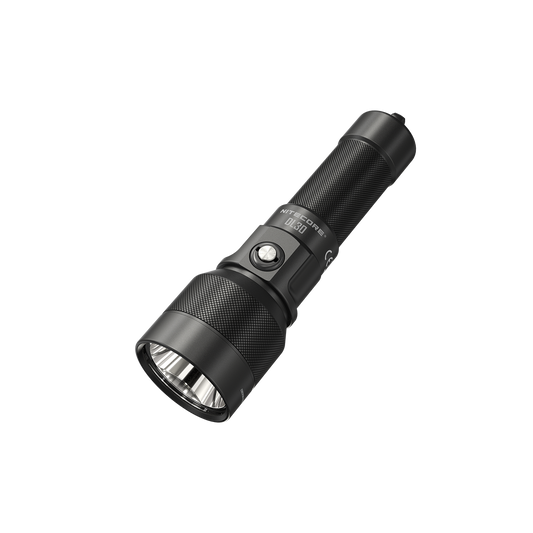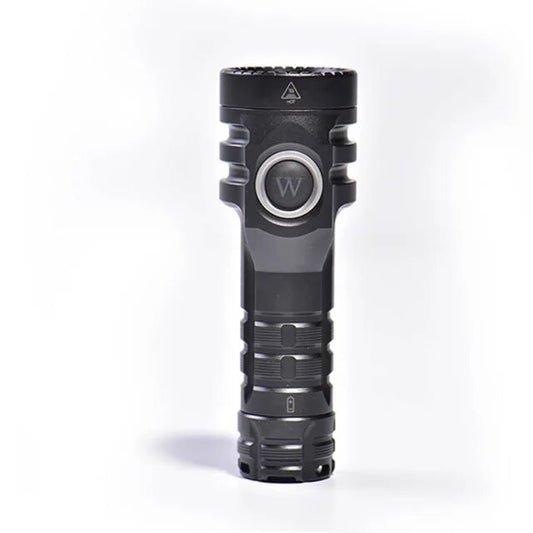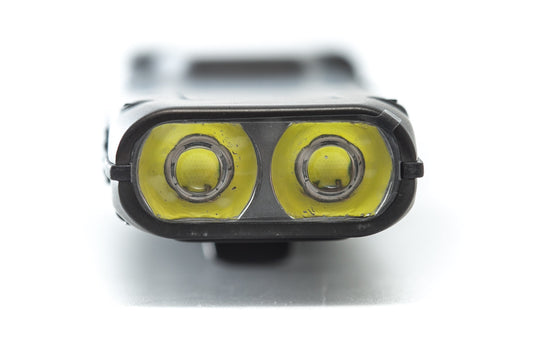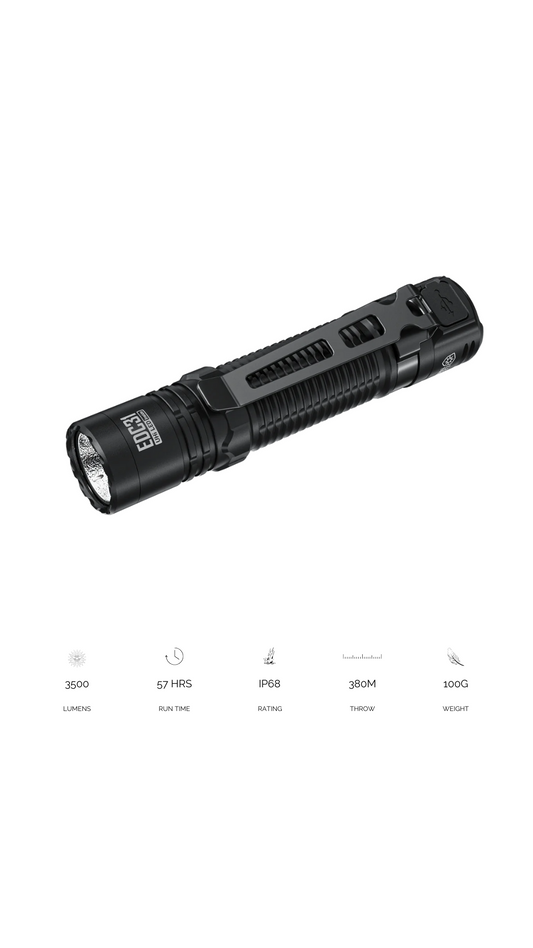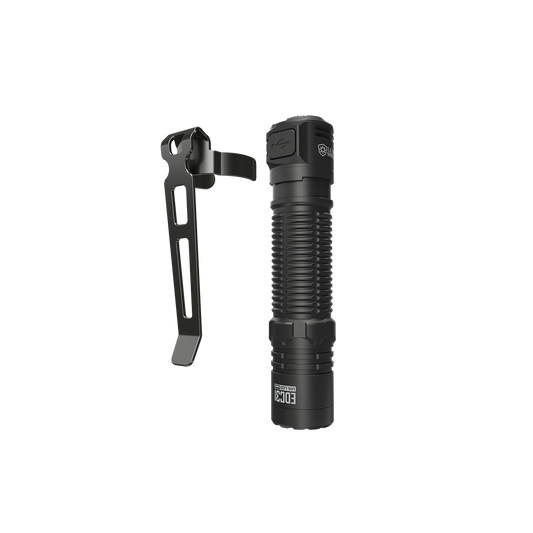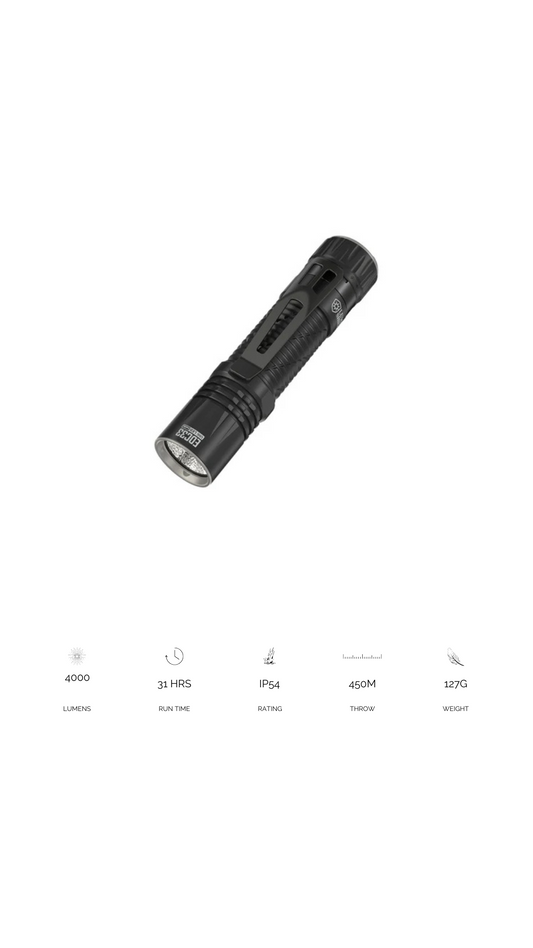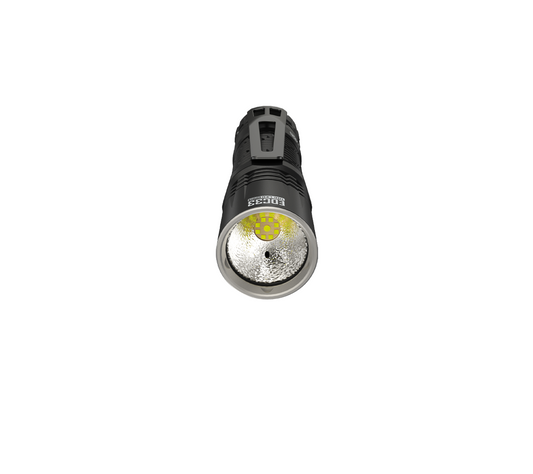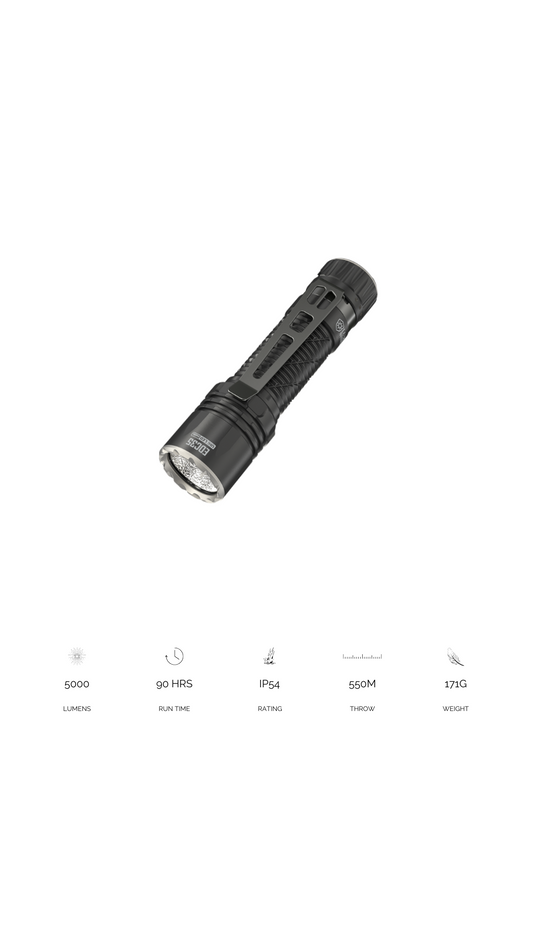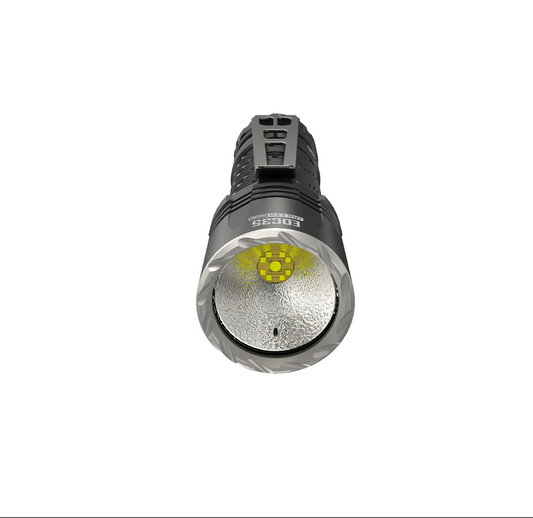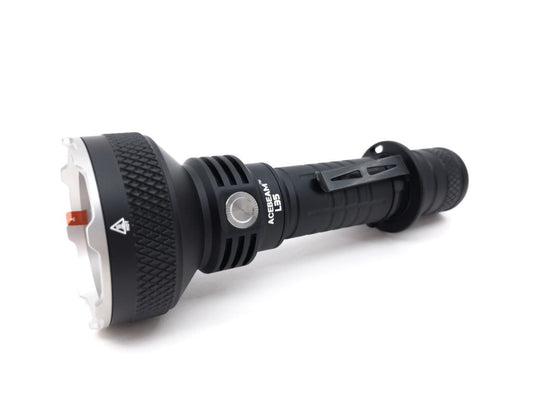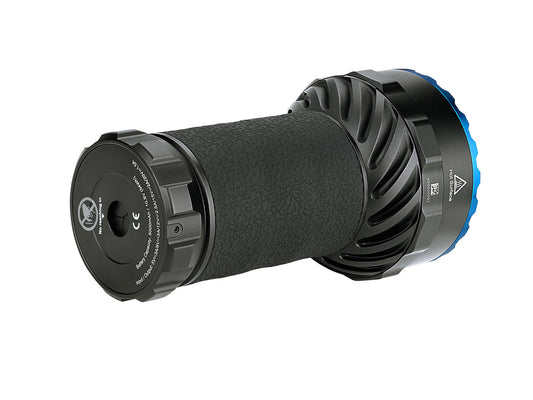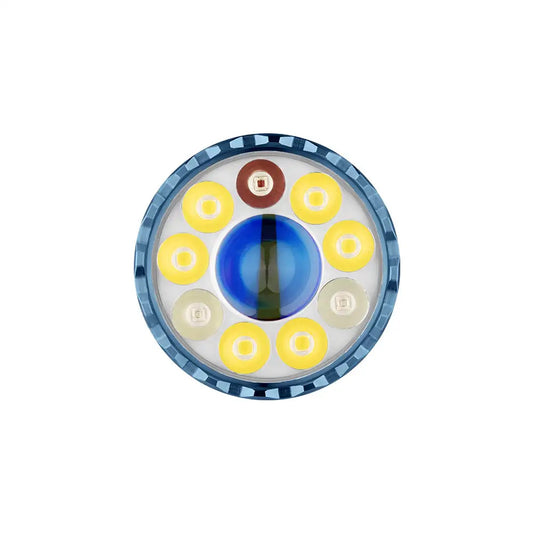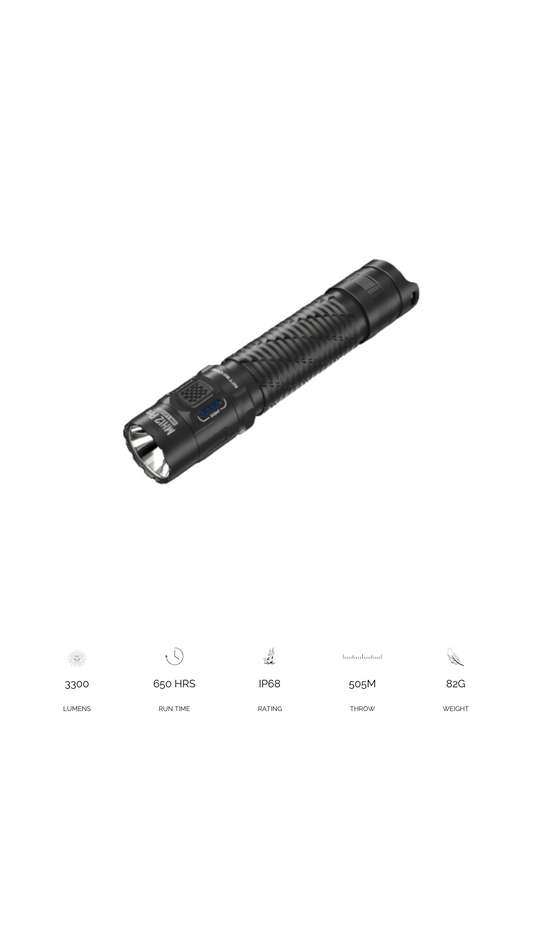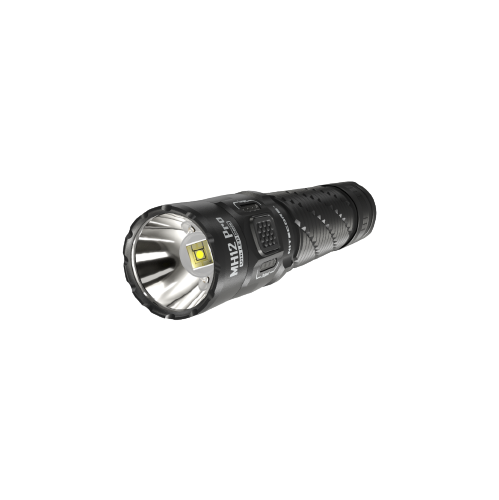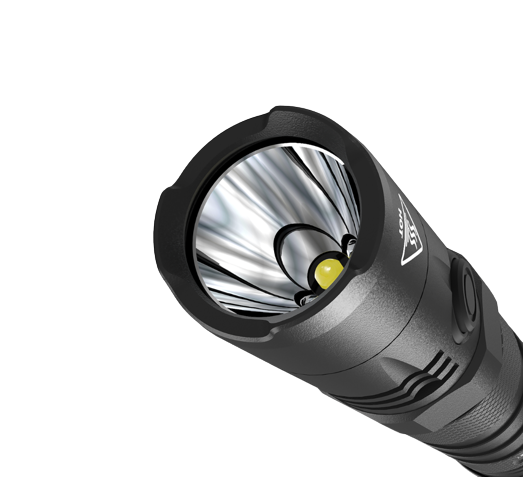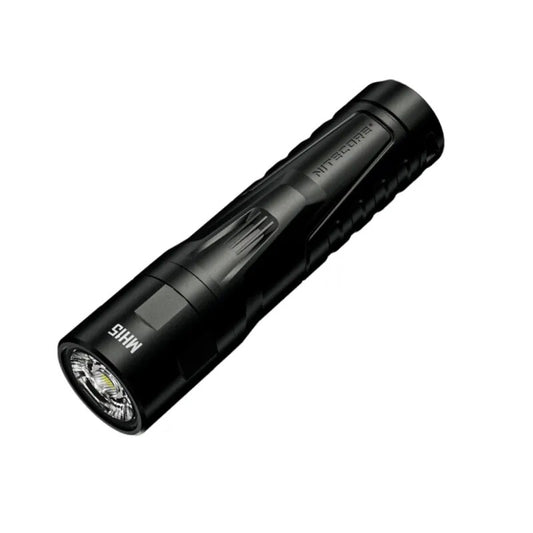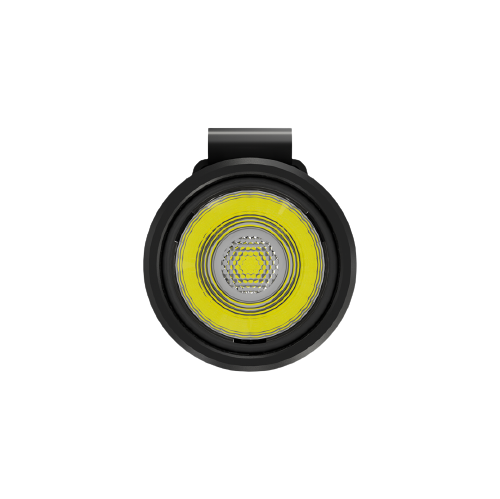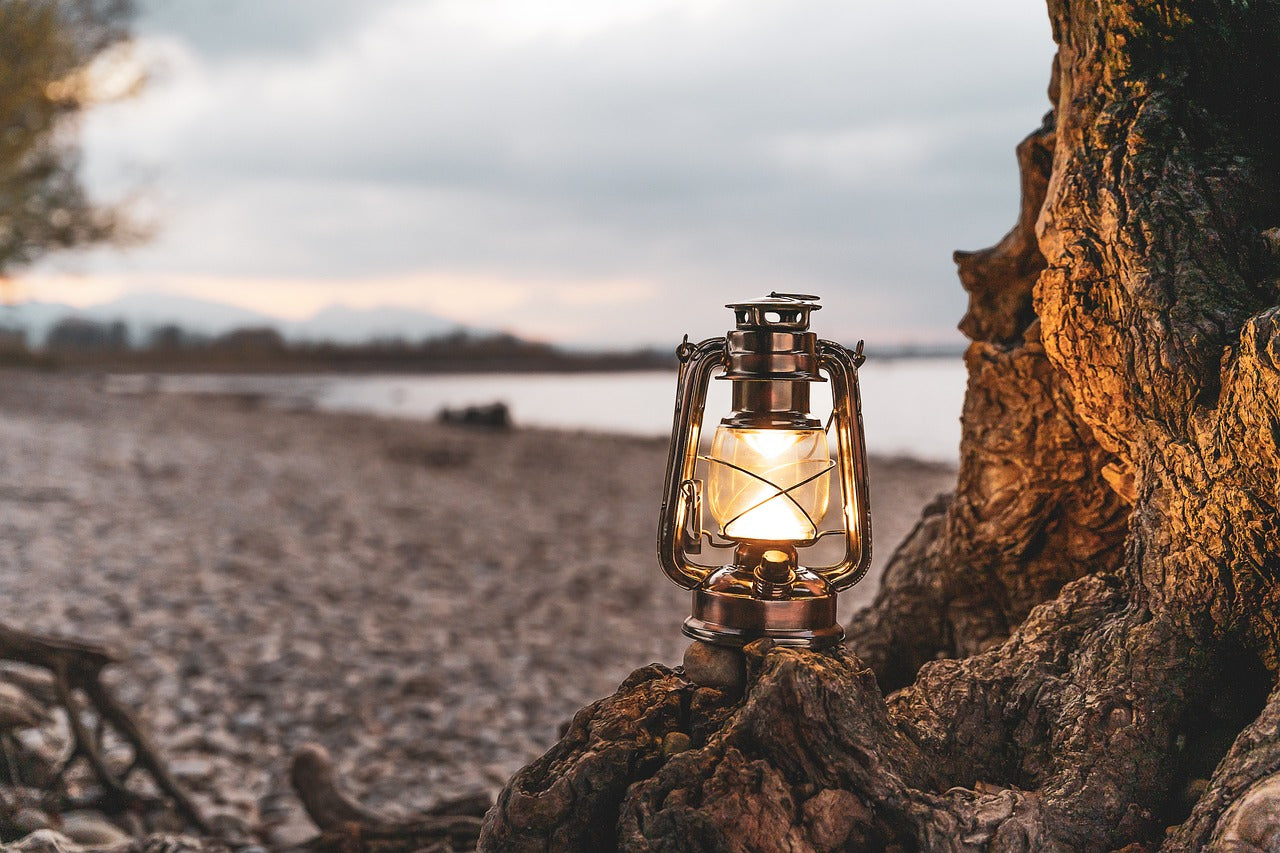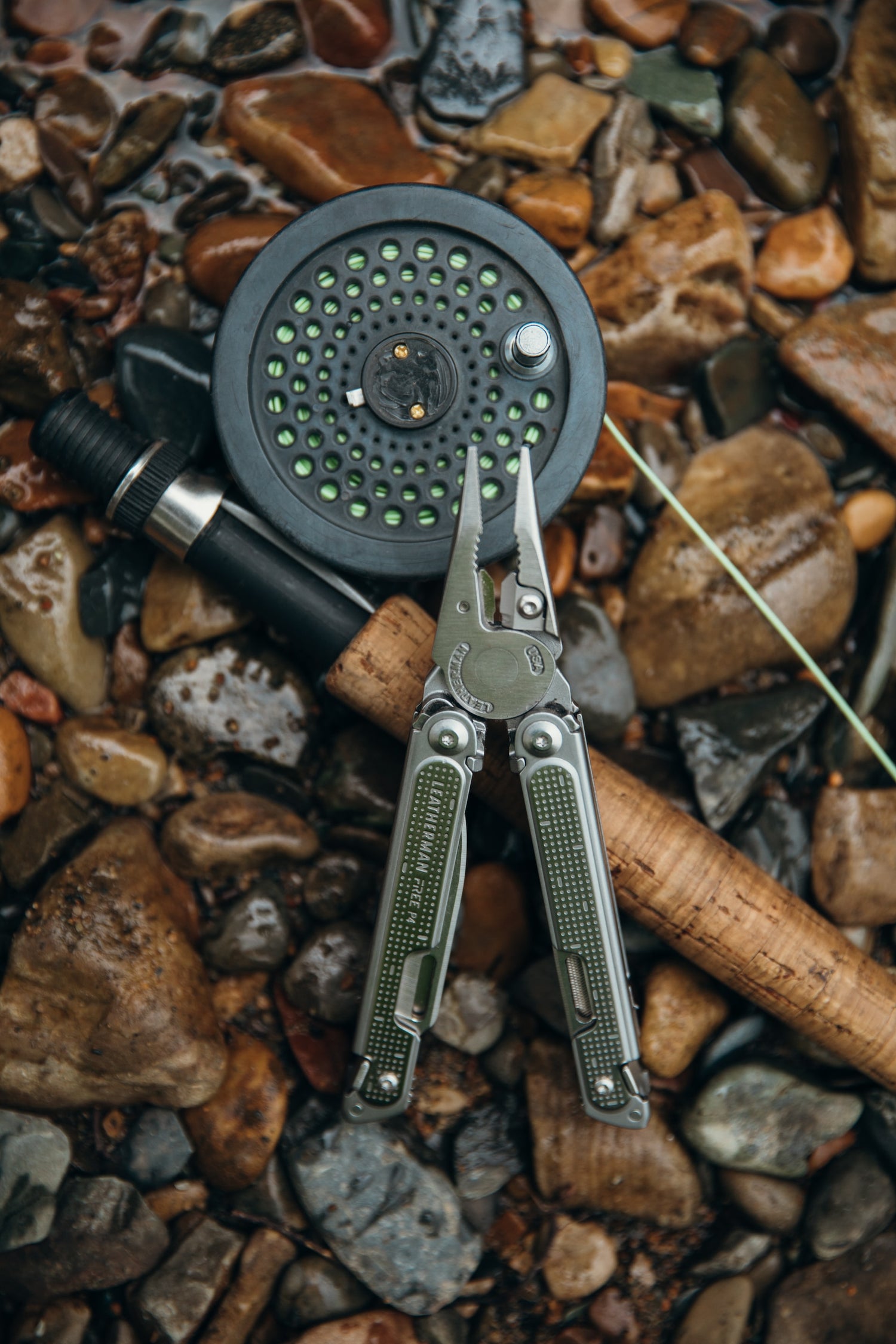
9 Ice Bath Benefits: Conquering the Cold
Conquering the Cold: Unveiling the Benefits of Ice Baths and Beyond
Unveiling the Power Within:
Mental toughness and functional fitness are your greatest assets in unpredictable environments and challenging terrains. They allow you to navigate the unknown with strength, resourcefulness, and physical and mental resilience. Adding ice baths to your routine is a commitment to pushing your boundaries and unlocking your full potential. They're not just a fad but a practice with a rich history, used by Egyptians, Romans, and Greeks millennia ago. Today, athletes, military personnel, adventurers, and even individuals seeking to enhance their overall wellbeing are embracing the benefits of ice baths. While the ideal temperature can vary based on personal preference and the intended purpose of the ice bath, some general guidelines exist.
According to various sources, the typical water temperature for an ice bath falls between 50°F and 59°F (10°C and 15°C). However, some individuals may prefer temperatures as low as 35°F (1°C). Ultimately, the ideal temperature depends on your personal tolerance for cold.
While ice baths offer potential benefits like reduced inflammation, improved circulation, and enhanced muscle recovery, it's essential to be aware of the associated risks and precautions. Start with lower temperatures and gradually progress to colder ones to avoid overexposure to cold and potential health complications.

Beyond the Ice:
More than just a trendy practice, ice baths are a well-established method for enhancing recovery after intense physical activity. It's a simple concept: an ice bath is a controlled immersion in cold water, further chilled with ice, typically for a limited duration. While seemingly an act of sheer willpower, ice baths offer numerous scientifically supported potential benefits:
1. Reduced Muscle Soreness and Improved Recovery:
One of the most well-known benefits is reduced muscle soreness and accelerated recovery after exercise. The cold water causes vasoconstriction, narrowing blood vessels and reducing inflammation in the exercised muscles. This minimizes muscle breakdown and promotes tissue repair, allowing you to return to training or activities faster and more robust. While research is ongoing, a review of multiple studies suggests that cold-water immersion can help with muscle soreness and recovery in athletes.
2. Increased Metabolic Rate and Fat Burning:
Ice baths can rev up your metabolism, causing you to burn extra calories even after stepping out of the icy water. This increased metabolic rate isn't just a fitness tactic but a strategy for managing energy, significant in the backcountry or during sustained physical exertion.
3. Enhanced Brown Fat Activity:
The frigid temperature activates brown fat, your body's natural calorie-burning furnace. Embracing the cold optimizes its activity, helping you burn calories to generate heat and maintain core body temperature. This process can also contribute to weight management in the long run.
4. Potential Pain Relief:
The numbing effect of cold water offers temporary pain relief, particularly for those with chronic pain conditions like arthritis. It can also reduce inflammation associated with injuries, leading to some pain relief. However, ice baths are not a substitute for medical treatment and should be used with other pain management strategies recommended by a healthcare professional.
5. Improved Mood and Mental Wellbeing:
Emerging research suggests they offer mental health benefits. A study showed daily ice baths improved mood and reduced stress in participants with gout. The cold water is thought to trigger the nervous system, potentially leading to increased levels of endorphins and neurotransmitters like dopamine and serotonin, contributing to feelings of wellbeing, reduced stress, and improved mood. However, more research is needed to understand the whole picture.
6. Enhanced Sleep Quality:
Some individuals report better sleep after taking an ice bath. This could be due to activating the parasympathetic nervous system, promoting relaxation, and preparing the body for sleep. Additionally, the body's response to the cold leads to a warming effect after stepping out, mimicking a natural drop in core temperature before sleep. This improved sleep quality can further enhance recovery and overall wellbeing.
7. Increased Resilience and Mental Toughness:
Stepping into an ice bath requires mental fortitude and self-discipline. Regularly doing so may enhance mental resilience and toughness as you learn to adapt to physical discomfort and push your mental boundaries. This can translate to other areas of life, helping you cope with challenges more effectively, develop self-confidence, and cultivate a growth mindset.

The Mental Edge:
Like time spent in the wilderness, ice baths test your mental strength as much as your physical. The psychological impact of cold therapy is as significant as the physiological. From reducing stress and anxiety to forging greater mental strength and self-awareness, there's much to gain from the mental side of ice baths.
Benefits Beyond the Ice:
While recovery is a crucial focus, ice baths offer additional holistic benefits:
8. Enhanced Nutrient Absorption:
The cold improves blood circulation, ensuring essential nutrients reach your muscles more efficiently and fostering repair and growth. It's a synergy between the cold and your body's resilience, speeding up recovery and preparing you for what's next.
9. Boosted Immune and Antioxidant Activity:
Exposure to cold water is a catalyst for your immune system, stimulating the production of white blood cells, the body's defenders against infections, viruses, and diseases. This enhanced immune function can help you stay healthy and reduce your susceptibility to illness. Additionally, cold therapy triggers the release of antioxidants, potent molecules that shield your cells from damage caused by free radicals, contributing to improved overall health and potentially reducing the risk of chronic diseases.
Important Considerations:

While ice baths offer numerous benefits, they are not without risks and are only suitable for some. It's crucial to consult a healthcare professional before trying them, especially if you have any underlying health conditions, such as heart disease, high blood pressure, or uncontrolled diabetes. Additionally, proper precautions should be taken to ensure safety, including:
• Starting slow: Begin with shorter durations and gradually increase as your body adapts.
• Having supervision: Especially during your first few sessions, have someone present in case you experience any adverse effects.
• Avoiding prolonged exposure: Excessively long immersion can be dangerous and is not necessary to reap the benefits.
• Listening to your body: If you experience discomfort, numbness, or difficulty breathing, end the session immediately.
Remember, ice baths are not a miracle cure but a tool to support your overall health and wellbeing. They are most effective with other healthy lifestyle practices, such as a balanced diet, regular exercise, and adequate sleep. If you're curious about trying ice baths, research, prioritize safety, and listen to your body. Consult a healthcare professional to determine if they are right for you and to ensure you use them safely and effectively.
Key Takeaways:
- Ideal water temperature: 10°C to 15°C (varies by individual tolerance)
- Potential benefits:
- Reduced inflammation
- Aided muscle recovery
- Precautions:
- Avoid overexposure.
- Consult a doctor before starting.
- Build tolerance gradually.
- Stay in the water for 10-15 minutes and not more than 20, as there is a risk of hypothermia.
Safety precautions:
- Never do an ice bath alone.
- Never take an ice bath if you are pregnant.
- Never take an ice bath if you are under the influence.
- Never take an ice bath if you have a fever or are unwell.
Staying Safe in the Cold: Recognizing and Preventing Cold Shock
Cold water offers potential health benefits, but venturing into it requires caution. Understanding the signs of cold shock and how to prevent it is crucial for a safe and enjoyable experience.
Signs of Cold Shock:
- Hypothermia: When your body temperature dips below 95°F (35 °C), it leads to shivering, confusion, slurred speech, and a slowed heartbeat.
- Frostbite: Skin and underlying tissues freezing, causing numbness, tingling, and burning/stinging sensations in the affected area.
- Trench Foot: Occurs from prolonged exposure to cold and wet conditions, causing redness, swelling, and blisters on the feet.
- Preventing Cold Shock:
- Gradual Exposure: Start with excellent showers, gradually progressing to colder temperatures, allowing your body to acclimate. Regular cold showers can also increase tolerance.
- Warm Up: Before entering cold water, exercise light or stretch to boost blood flow to muscles.
- Limit Time: Keep ice bath exposure to 10 minutes or less to prevent overexposure.
- Monitor Yourself: Pay close attention to your body for any signs of discomfort and stop the therapy immediately if necessary.



